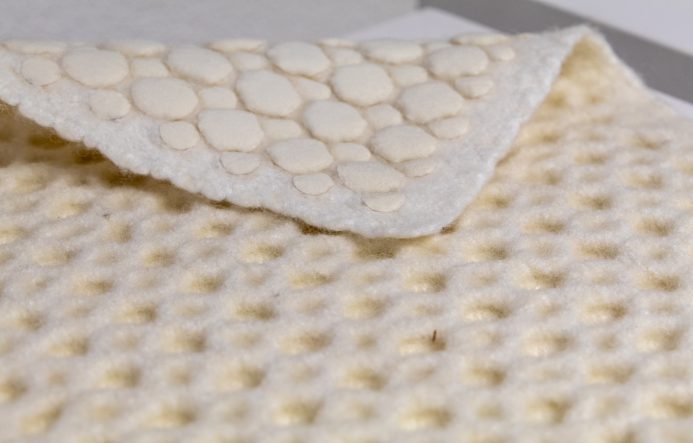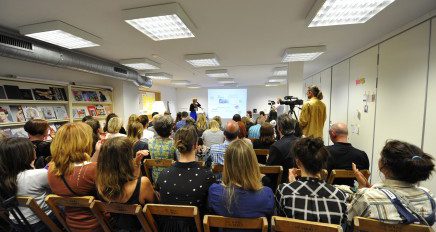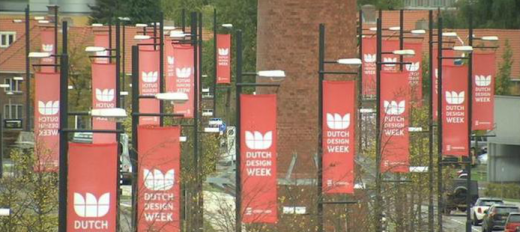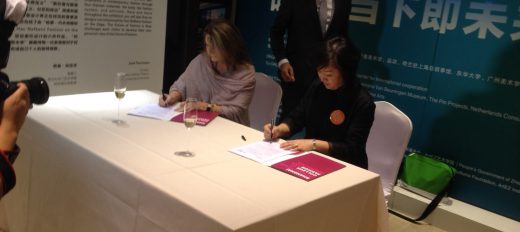Projectreports on Going Circular Going Cellulose
16/06/21
The researchproject Going Circular Going Cellulose is coming to an end and has produced several research reports. The documents are bringing new insights on circular design principles and co-design for circularity.
We would like to present the end report ‘Circular Intimacies’ by Daniëlle Bruggeman, Anja Köppchen and Freya Zaplata as well as the report ‘Recommendations for a Circular Design Practice’ by Zinzi de Brouwer – developed as part of the collaborative research project ‘Going Circular, Going Cellulose’ (2018-2021), in short (GC)2.
(GC)2 is funded by SIA-RAAK-mkb, led by Saxion University of Applied Sciences in collaboration with ArtEZ, with Enschede Textielstad, Alcon Advies, Permess, and JB Textiles, as well as Hellen van Rees, Els Bugter (Tous les Chéris), Michelle Baggerman (Bureau Baggerman), Suzanne Oude Hengel & Milou Voorwinden, Karin Vlug & Bas Froon (UNSEAM) and Lenneke Langenhuijsen & Brecht Duijf (Buro Belén) as technical, industrial and research partners.
In the transition towards a circular economy, and towards a circular fashion and textile system, there is an increased awareness of the importance of interdisciplinary, multi-stakeholder collaborations and co-creation. Design is considered to play a vital role in aligning these interdisciplinary collaborations, and the role of the designer as a potential key actor in making sustainable choices by being more and more involved in material development and production processes.
Therefore, the ‘circular design’ work package of the research project (GC)2, explored: Which circular design principles are essential for the transition to a circular textile and fashion chain, and which form of value-creation is important when designing and developing sustainable textiles and clothing (made from sustainable cellulose fibers)? It focused on an integrated process of multi-stakeholder value creation from a design-driven perspective on textile development.
(GC)2 aimed at drawing more attention to an integrated approach of technical design, aesthetic design and product design. As part of a design-driven approach, the project aimed at having designers participating proactively in the early stages of material development and production processes.
The end report ‘Circular Intimacies’ (2021) presents the most important findings and new insights into multi-stakeholder co-creation, circular design principles and co-design for circularity.
As part of this project, Zinzi de Brouwer developed the report ‘Recommendations for a Circular Design Practice: Reflections on Designing for a Circular Textile and Fashion System for Students and Emerging Designers’ (2020). This is aimed at starting designers who are invested in designing for the circular economy and in turn wish to incorporate and adhere to key circular design principles in their design practices.
 Facebook
Facebook Instagram
Instagram







